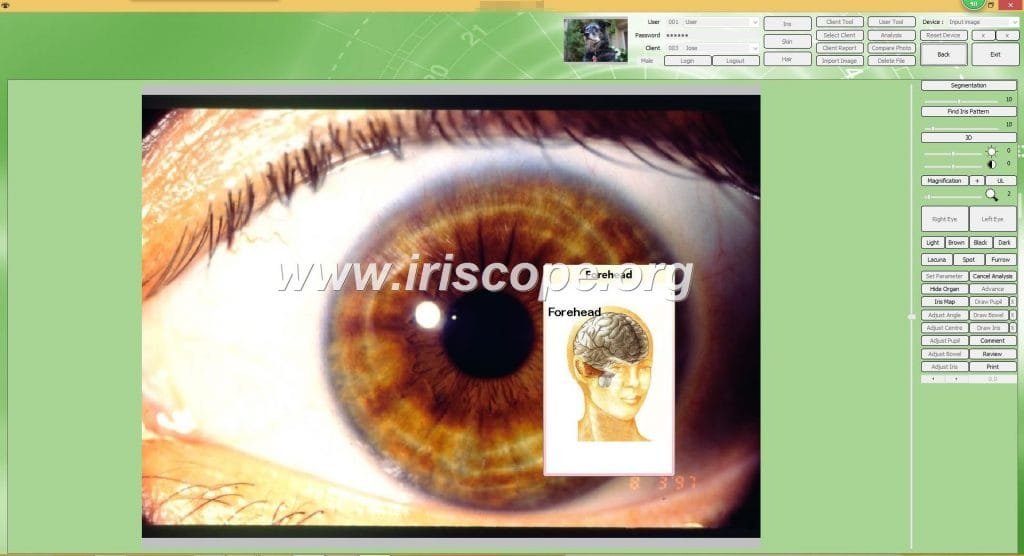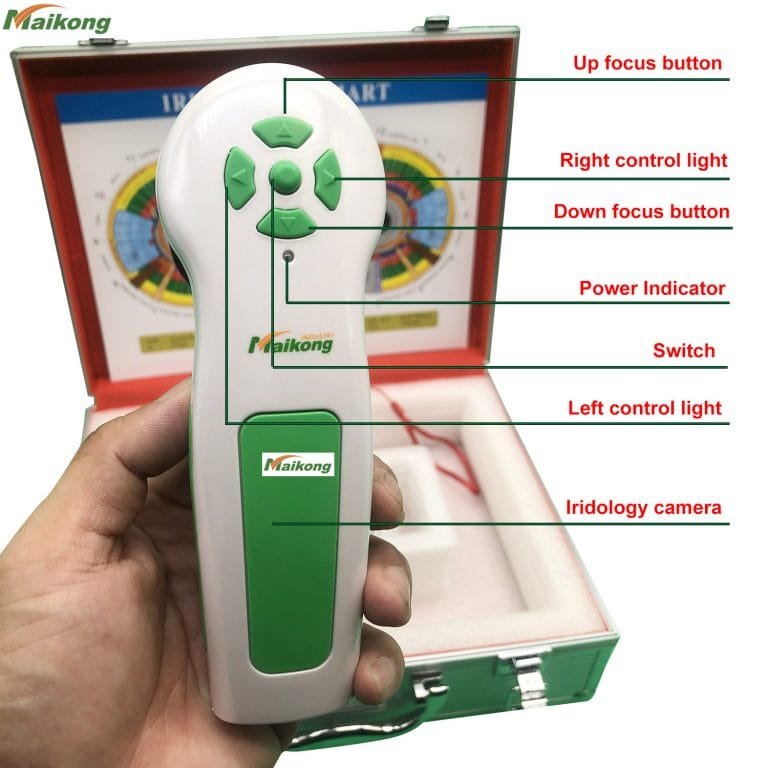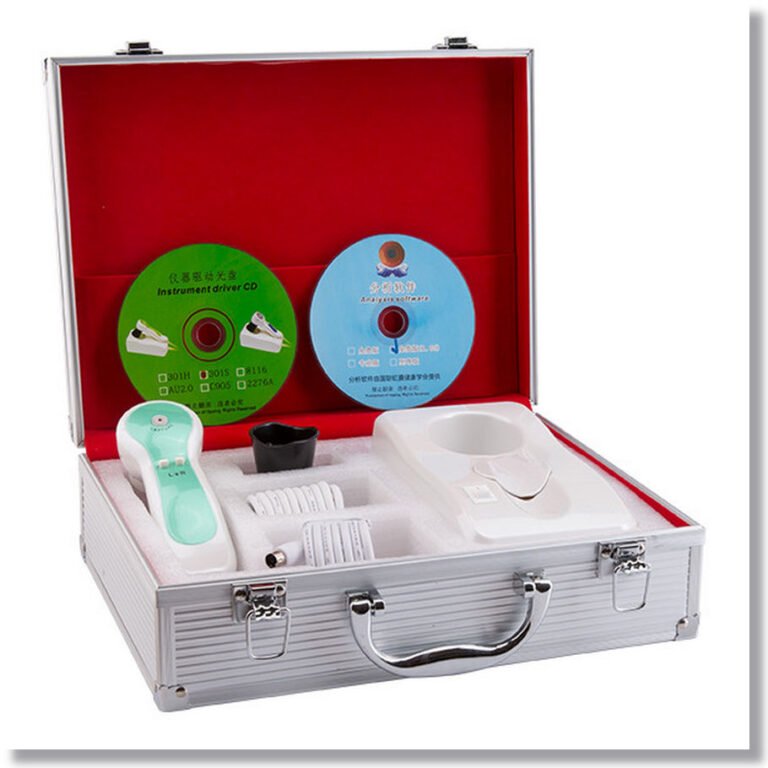10 Beste Iridologiekamera Australien für Iridologiekamera

Iridologie-Kamera Australien

Iridologie-Kamera Australien

Iridologie-Kamera Australien
Iridologie-Kamera Australien
Please feel free to look at this website for our USB Digital iridology camera australia, Iridology camera, iris camera, eyology and sclerology USB system ccarry case To see our later website click the above button.Iridologie-Kamera Australien
Die Eyeronec Pebble Pro Iridology Camera wurde für die nicht technische Naturheilkunde und natürliche Therapeutin, Iridologin und Kräuterkenner geschaffen.
The EyeRonec Pebble Pro Digital iridology camera australia takes only a little space on the desk and is very portable, Once your MAC or PC has the software installed all you need to do is plug the camera into the USB.
Die Iris-Kamera der Iridologie der Eyeronec braucht keine Kinnrest, keinen gefürchteten Blitz, keine Umgebungsleichterprobleme, keine schweren Fälle zum Tragen,
Der Pebble PRP von Eyeronec verkauft sich für weniger als den Preis des anderen “nur Kamera” Preis.
Die neuesten Eyeronec -Modell -Iriscameras haben 8 Licht (für blaue Augen) und 2+ Seitenbeleuchtung für braune Augen.
Die Lichter (weiße Punkte) liegen in der Pupillenzone! Keine Artefakte (weiße Punkte oder Streifen) in den Iris, sodass Bilder besser sind als Bilder mit aufgenommenen Bildern”offen” Systemkameras
How To Take Your Iris Photos by iridology camera australia
To take the best photos for your reading, set your camera to MACRO and try, if possible, to use natural, daytime indoor light with a flash. Set the size of the photo for a higher resolution, with a minimum of 2.5M (2208 x 1248). 4.5M (2784 x 1568) is best.
Step 1: Taking Your Iris Photos with a Digital Camera
Stellen Sie die Kamera auf die Makroeinstellung ein.
Erhöhen Sie die Auflösung auf 4,5 m (2784 x 1568).
Blitz einschalten.
Verwenden Sie das Tageslicht in Innenräumen.
Stellen Sie sich seitwärts von jedem Fenster aus (Blick auf das Fenster verursacht Blendung).
Have someone else hold the camera or use a tripod and timer.
Halten Sie die oberen und unteren Augenlider geöffnet, um die gesamte Iris sichtbar zu machen.
Machen Sie jeweils ein Foto von jeder Iris.
Halten Sie das Auge nahe an der Kamera. Bei der Makroeinstellung können Sie 4-5 Zoll vom Objektiv entfernt sein.
Step 2: Checking Your Photos for Lighting and Clarity
Überprüfen Sie das Foto auf dem Sucher Ihrer Kamera. Verwenden Sie die Zoom -Funktion, um die Iris zu sehen.
Be sure the iris is clear; otherwise try again.
Stellen Sie sicher, dass es kein rotes Auge gibt; Andernfalls schalten Sie die Reduzierung von „Roten Augen“ ein und versuchen Sie es erneut.
Stellen Sie sicher, dass die gesamte Iris sichtbar ist. Ansonsten versuchen Sie es erneut.
Stellen Sie sicher, dass die Iris keinen signifikanten Blick auf die Iris gibt. Drehen Sie Ihren Körper ansonsten leicht von jedem Fenster ab und versuchen Sie es erneut.

Iridologie-Kamera Australien

Iridology Camera Objektiv

Step 3: Emailing Your Final Iris Photo Results
Sie können die Fotos aufnehmen, damit nur das Auge sichtbar ist, um die Dateigröße zu verringern.
Wenn dies zu viel Arbeit ist, senden Sie einfach das gesamte Foto per E -Mail.
Sie können 3-5 Bilder des linken Auges in einer E-Mail senden.
Sie können 3-5 Bilder des rechten Auges in einer anderen E-Mail senden.
Using a Digital Camera: Video Instructions on How to Take Iris Photos
Using an iPhone: Video Instructions on How to Take Iris Photos
Beispiele für inakzeptable Iris -Fotoeinreichungen
NEIN! Beide Beispiele haben einen erheblichen Blick, was Teile der Iris unlesbar macht
In the first example above, the person was likely facing a window, causing the glare to appear in the iris. The solution: Turn slightly away from the window and try again.
In the second example, it is likely that this photo was taken at night or in a room with no windows and only overhead light. Due to the darker light in the room, the light is refracting off the iris, causing significant glare and making the photo blurry. The solution: Take the photo in indoor daylight with no overhead lighting. Side lighting is usually ok.
Eine kleine Menge an Blendung in der Pupille (der schwarze Punkt in der Mitte des Iris) ist in Ordnung.
NEIN! Nicht direkt auf das Kameraobjektiv schauen, erzeugt ein verzerrtes Bild der Iris
In den obigen 2 Beispielen versuchen die Personen höchstwahrscheinlich, die Fotos selbst aufzunehmen, damit sie versehentlich in die Kamera schauen, während sie versuchen, das Foto aufzunehmen.
The solution: Have someone else hold the camera steady for you or use a tripod with a timer.
NEIN! Auf diesen Fotos sind die Ober- und/oder unten auf den Boden der Iris abgedeckten
When taking your photographs, check to see that the entire color portion of the eye is visible, especially the top and bottom. If you tend to have ‘droopy’ eyes, just gently pull the skin away from the eye using your thumb and forefinger.
Beispiele für akzeptable Iris -Fotoeinreichungen
JA!! Perfekte Fotos - beachten Sie den Blitz im Schüler und die volle Iris sichtbar
JA!! Obwohl diese beiden Beispiele nicht ganz klar sind, sind sie noch lesbar
JA!! Sehr gute Fotos - Voller Iris sichtbar, klar und leicht zu lesen für Iridologie
JA!! Perfekte Fotos - beachten Sie den Blitz im Schüler und die volle Iris sichtbar
JA!! Perfekte Fotos - beachten Sie den Blitz im Schüler und die volle Iris sichtbar
Erfahren Sie, was Sie von Ihrer Iridologieanalyse bei Iridology erklärt haben.
Finden Sie Antworten auf zusätzliche Fragen zu Iridologie und wie sie in der Iridologie funktioniert - FAQs.
Starten Sie jetzt! Planen Sie Ihren Online -Termin bei Buchberatung Ihrer Iridologie.
Die Iridologie kann keine spezifische Krankheit diagnostizieren.

Iridologie-Kamerasoftware

Iridologie-Kamerasoftware

Iridologie-Kamerasoftware

Iridologie-Kamerasoftware



Iridology Definition
Iridology, also called iris analysis or iris diagnosis, is the study of the iris (the colored part of the eye). Iris “readings” are made by iridologists to assess a person’s health picture (physical, emotional, mental, and spiritual) and guide them to take measures to improve their health.Iridology: Iridology is the analysis of the iris, which is the colorful area of the eye that surrounds the pupil. By analyzing the iris, a person’s level of health and specific areas of nutritional deficiency can be identified. This allows appropriate remedies to be recommended.The International Iridology Practitioners Association (IIPA) states that iridology is “the study of the iris, or colored part, of the eye. This structure has detailed fibers and pigmentation that reflects information about our physical and psychological makeup.
It identifies inherited dispositions (how our body reacts to our environment and what symptoms are most likely to occur), risks (what areas or organ systems are more likely to have symptoms) and future challenges (where we are likely to have more problems as we age). Iridology helps identify inherited emotional patterns which can create or maintain physical symptoms, as well as identify lessons or challenges and gifts or talents available to us.”







































